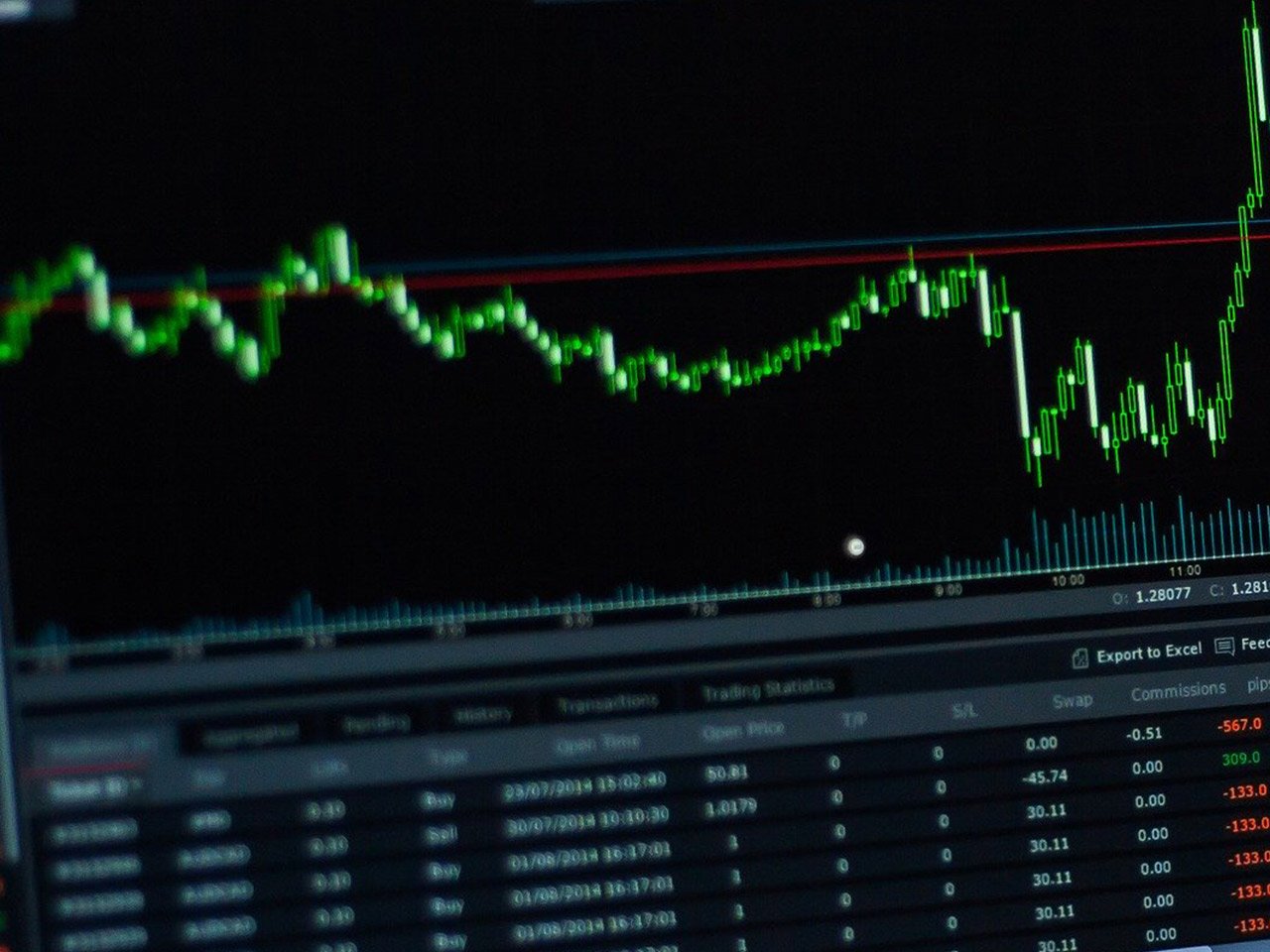Investors who have been following Signature Bank (New York, NY) (SBNY) may find themselves navigating volatile waters as the bank, once a notable player in the regional bank sector, has seen a dramatic shift in its fortunes. As of March 12, 2023, Signature Bank went out of business, marking a significant turn in its trajectory and raising questions about its future prospects for investors.
Signature Bank, based in New York City, was known for its focus on digital assets banking services and a range of loan portfolios. Despite its innovative approach, the bank could not maintain its operations, resulting in its closure. Now trading on the OTCPK, the stock’s current price stands at a meager $0.51, reflecting a 52-week range that highlights a steep decline from $2.25 to its current level.
For investors, the valuation metrics paint a challenging picture. With key ratios such as the P/E, PEG, and Price/Book all marked as N/A, the lack of concrete financial data makes it difficult to assess the company’s intrinsic value. This absence of traditional valuation metrics is compounded by the bank’s cessation of operations, leaving investors without clear guidance on potential recovery or growth.
The technical indicators further suggest a bearish outlook. The Relative Strength Index (RSI) stands at an oversold level of 21.28, indicating that the stock may be due for a rebound, though this is speculative given the bank’s closure. Additionally, the 50-day and 200-day moving averages are well above the current stock price, at $0.83 and $1.34 respectively, reinforcing the downward trend. The MACD and Signal Line also signal a negative momentum, with the MACD at -0.07 and the Signal Line at -0.06.
Despite these challenges, Signature Bank’s past performance metrics highlight some strengths that may interest speculative investors. The bank reported a revenue growth of 14.00% prior to its closure and a remarkable return on equity of 16.87%, indicating efficient management of shareholder funds. However, with net income and free cash flow figures not available, these metrics are more of historical interest than a guide to future performance.
Dividend-seeking investors should note the lack of a current dividend yield, although the bank had a low payout ratio of 10.79% when it was operational. This conservative approach to dividends might have provided a cushion in more stable times, but it offers little comfort given the current circumstances.
Analyst ratings and target prices are non-existent, a clear reflection of the bank’s uncertain future and the market’s hesitance to provide directional guidance on a stock with such an unclear outlook. With no buy, hold, or sell ratings, the investment community is largely silent on the potential path forward for SBNY.
For those considering an investment in Signature Bank, the key lies in understanding the risk inherent in a stock that represents a company no longer in business. The potential for any turnaround or strategic shift depends heavily on factors outside traditional financial metrics and more on speculative plays or restructuring efforts that may or may not materialize.
As Signature Bank trades on the over-the-counter market, investors should exercise caution, considering both the past performance and the current market conditions before making any investment decisions. The narrative of Signature Bank serves as a stark reminder of the volatility and unpredictability inherent in the financial services industry.










































